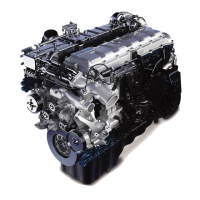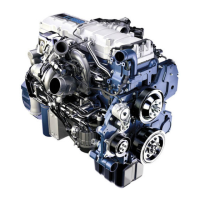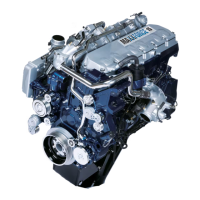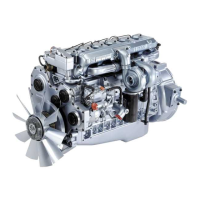6 PERFORMANCE DIAGNOSTICS 261
Figure 344 Road Performance. ssn
5. Open D_RoadPerformance.ssn to monitor engine
operation.
6. Verify that the following are listed in the session
and snapshot setup:
• Engine Speed (rpm)
• Engine Load (EL %)
• Boost Pres (MAP)
• Inject Ctrl Pres (ICP)
• Brake Ctrl Pres (BCP) – if equipped
• Fuel Delivery Pres (EFP) – if equipped
7. Drive vehicle and make sure engine operating
temperature reaches 70 °C (158 °F) or higher.
8. Find a long, open stretch of road. When driving
conditions are safe, select a suitable gear, press
accelerator pedal fully to th e floor, and accelerate
to rated speed at 100% load. Start the snapshot
and, if a gauge is being used, monitor fuel
pressure.
9. After the test is complete, park the vehicle. Replay
the s napshot by selecting the following:
• Engine Speed (rpm)
• Engine Load (EL %)
• Boost Pres (MAP)
• Inject Ctrl Pres (ICP)
• Brake Ctrl Pres (BCP) – if equipped
• Fuel Delivery Pres (EFP) – if equipped
10. Record results on Diagnostic Form.
11. Review the results of boost pressure.
• Ifboostpressureisinspecification, vehicle
does not have a Performance Diagnostics
problem at this time. The issue and
symptoms should be discussed with
customer.
• If boost pressure is not to specification,
continue to step 12.
12. Review the results of fuel pressure.
• If fuel pressure is in specification, continue
with step 13.
• If fuel pressure is below specification, replace
the filter, clean the strainer, and test again.
• If f uel pressure is still low after replacing fuel
filter and cleaning the strainer, continue t o
“Fuel Inlet Restriction.”
13. Review the results of Inject Ctrl Pres (ICP).
• If the injection control pressure is in
specification, do not continue with ICP syste m
diagnostics.
• If the injection co ntrol pres sure is not in
specification, and is equipped with optional
engine brake, continue to step 14.
• If the injection co ntrol pres sure is not in
specification, and is n ot equipped with
optional engine brake, continue to step 15.
14. Review the results of Brake Ctrl Pres (BCP ).
NOTE: BCP should be reading 0 kPa (0 psi).
Values can fluctuate as high as 345 kPa (50 psi).
Electromagnetic Interference (EMI) or ground
shift can cause an insignificant voltage shift that
does not indicate a problem.
• If BCP is in specificat ion, contin ue to ste p 15.
• If B CP is not zero w hen engine brake is
inactive, diag nose the BCP sensor, circuit,
and engine brake components.
EGES-270-1
Read all safety instructions in the "Safety Information" section of this manual before doing any procedures.
Follow all warnings, cautions, and notes.
©August 2008 Navistar, Inc.

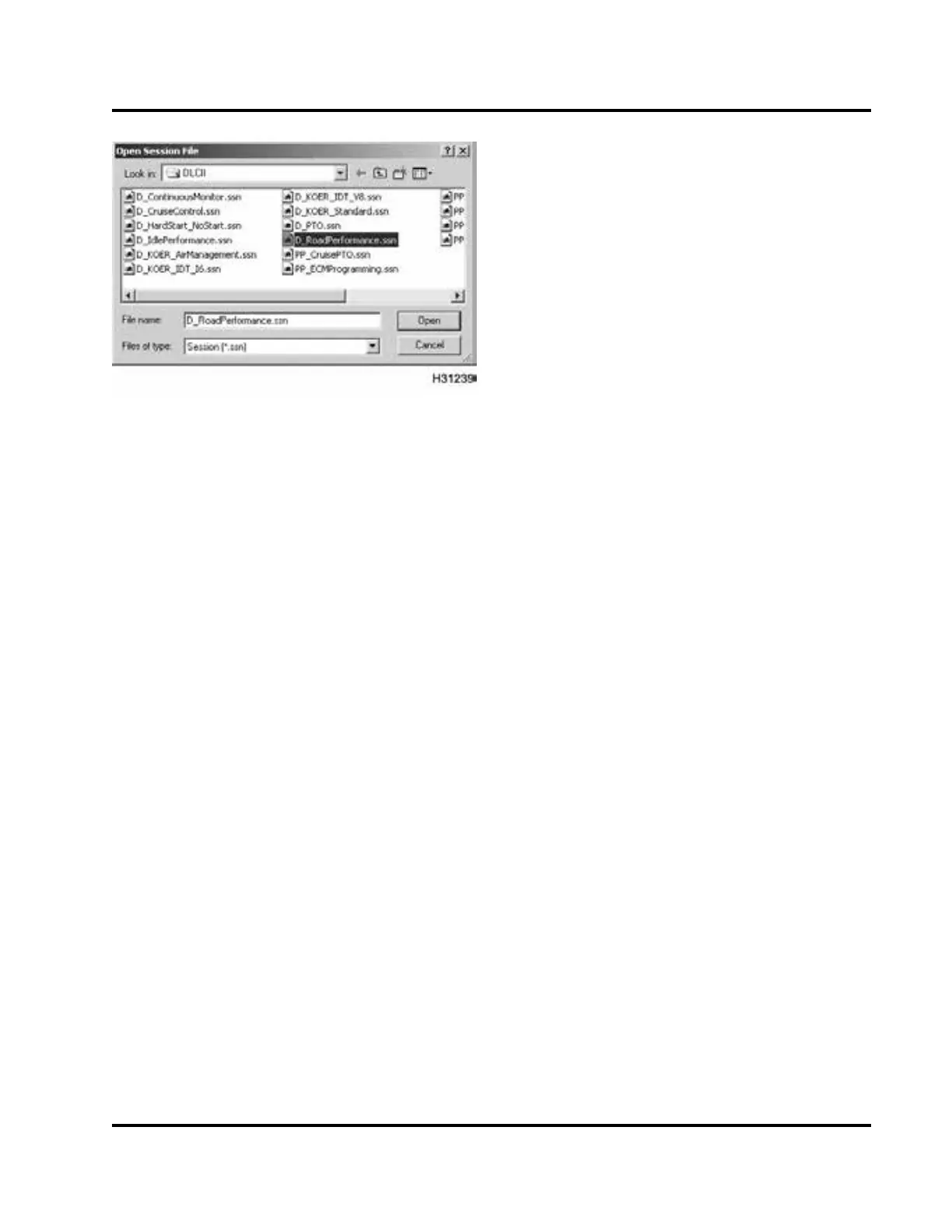